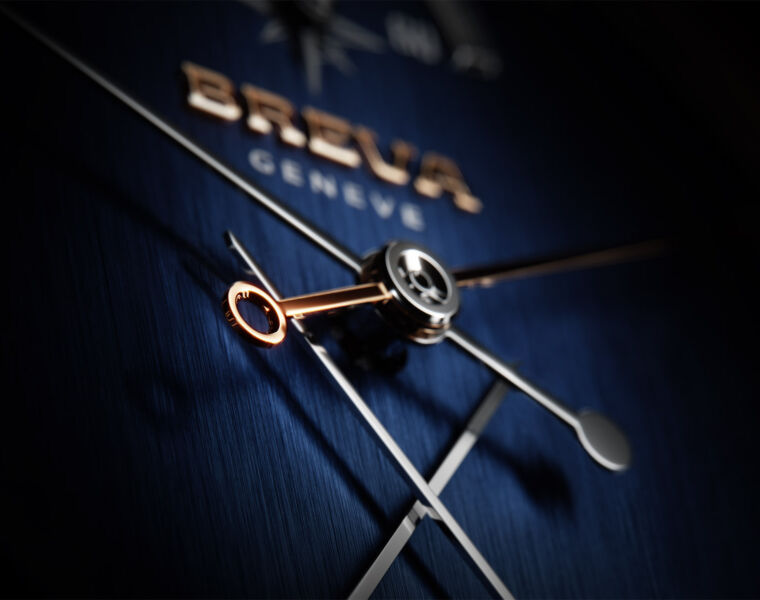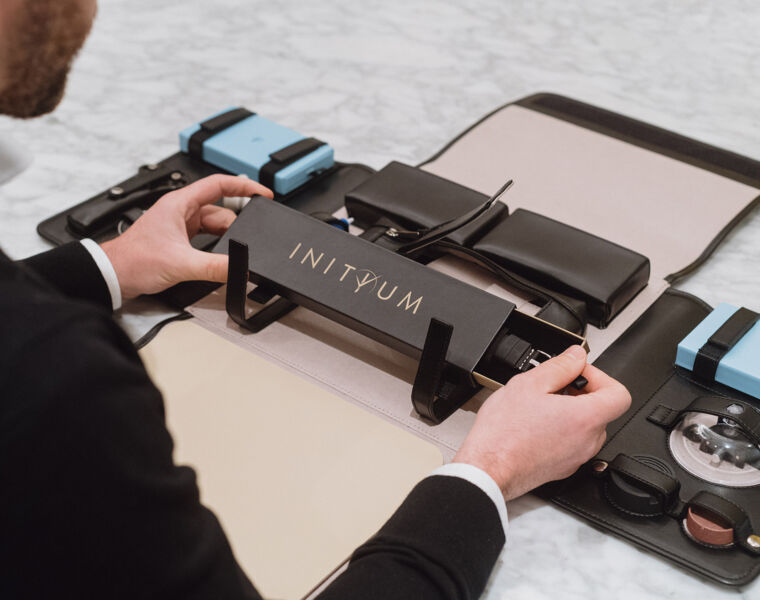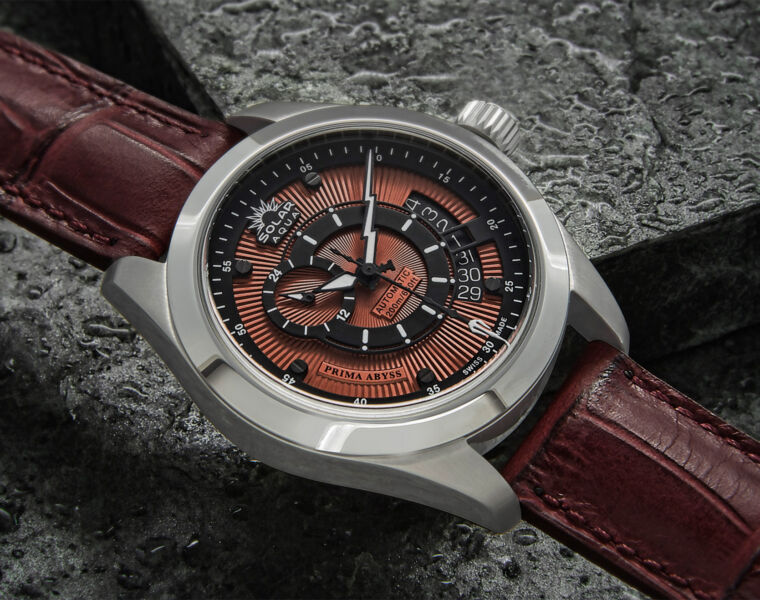
The Halda Watch Company has an extensive history dating back 126 years. In 1887 Henning Hammarlund established the business in Svängsta, Blekinge in the south of Sweden.
His training was gained at the highly prestigious Geneva Academy of Horology in Switzerland. In 1889 the company developed their first pocket watch, which at the time cost the equivalent of 7 months wages. Incredibly each watch involved 3,000 production elements and 10 months to complete.
Within the next few decades the Halda Watch Company devised many notable innovations. These achievement’s have included the Tele-Timer, which was used to record telephone conversations and the Taxi Meter. They were also awarded a gold medal in the World Exhibit Chicago and presented Swedish King Oscar II a personalized pocket watch. This unique piece has a specially engraved case back depicting the king’s portrait.
With the decline of pocket watches the original company sadly closed its doors on 30th November 1918. In 2009 Swedish engineer and entrepreneur Mikael Sandström founded Halda Watch, which pays homage to the spiirit of Henning Hammarlund. Mikael has employed a collective of talented individuals from many industries including watchmaking, engineering and astronaut Christer Fuglesang. In 2010 they unveiled the revolutionary new Space discovery at the Baselworld watch fair.
The Race Pilot is the Halda’s latest and in my opinion their most refined offering. Essentially the concept involves two interchangeable time modules. This allows the recipient to alternate between two different interfaces. The electronic dial is futuristic and the mechanical is more traditional in appearance. Both of the dials are equally attractive and have a very sporty façade. I love the attention to detail and overall quality of the watch. The case size measures a generous 45mm x 16.9mm, which should appeal to a wide variety of buyers. As the bezel and case are constructed from DLC (diamond like carbon) treated titanium I suspect the watch would feel very comfortable to wear.

To power both the modules, two completely different technologies have been used. A chronograph movement developed by renowned watchmaker Zenith SA powers the mechanical module. The Caliber 685 comprises 38 jewels and oscillates at a frequency of 28,800 vibrations per hour. In contrast the electronic module is equipped with the exceptionally sophisticated Caliber HR 2012-1. This movement has been developed by Halda and is operated by the latest software. Functionally the module has a plethora of features including racetrack information, chronograph, dual time, world time, 24-hour clock, week indicator and perpetual calendar.
The wonderful Race Pilot is presented with a durable natural rubber strap and matching buckle. Prices range from €7,500 ($10,102) (for the individual module with docking station and €14,000 ($18,857) for the complete set.
You can read more watch reviews by Steve Huyton on his own website: www.totalwatchreviews.com




You must be logged in to post a comment.